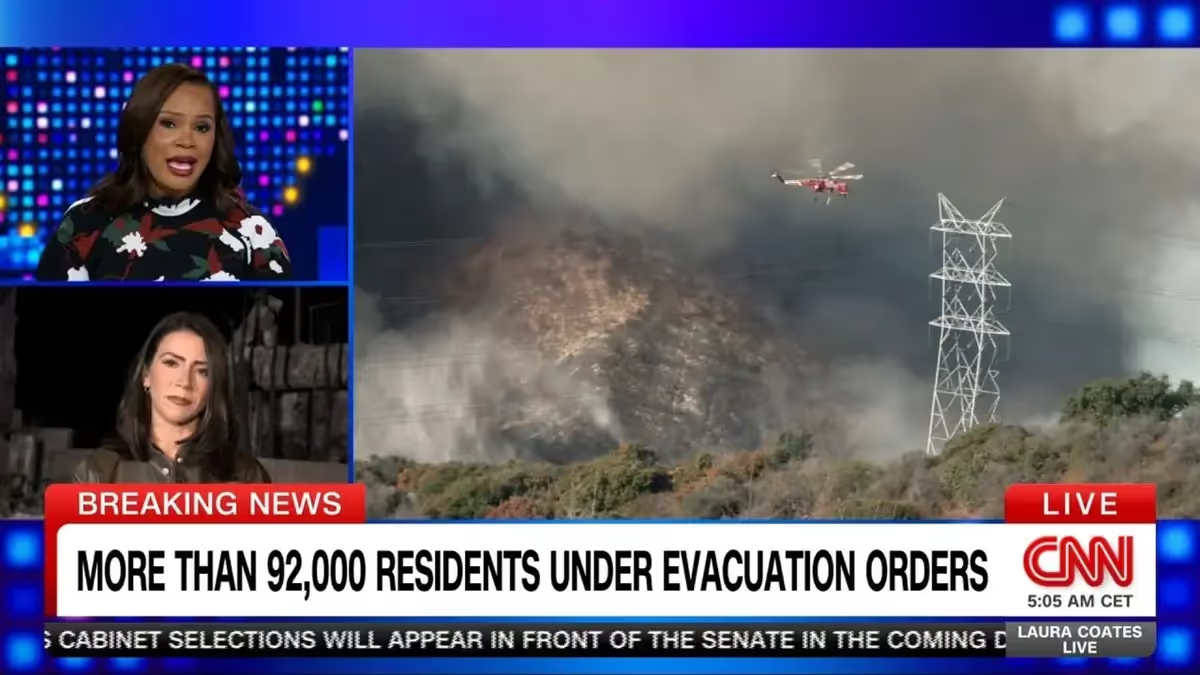Editor's Note: The challenges our cities face are growing, but so is the strength of this movement. Every story we share, every idea we spread, and every tool we build exists because people like you are committed to showing up. Your membership isn’t passive—it’s the momentum that makes change possible.
In January 2025, wildfires swept across Southern California with record-breaking destruction: nearly 60,000 acres burned, more than 16,000 structures damaged or destroyed, and thousands of families displaced, dozens dead.
In the immediate aftermath, Governor Gavin Newsom announced an emergency suspension of environmental regulations like the California Environmental Quality Act (CEQA) in hopes of speeding up rebuilding. Six months later, only a fraction of homeowners have even received permits, let alone started rebuilding.
If CEQA was the bottleneck, lifting it should have unleashed a wave of construction. But that’s not what happened—and that’s where Chuck Marohn and Edward Erfurt begin their conversation on the latest episode of Upzoned.
The Problem Isn’t Just One Regulation
Erfurt admits that CEQA has a reputation for slowing down development, especially in urban infill projects where opponents can use it to stall or block change. But in the wake of the wildfires, removing CEQA didn’t magically produce a smooth, fast rebuilding process. That’s because most of the obstacles weren’t environmental reviews—they were baked into the complexity of our modern building system.
Permitting is fragmented across multiple agencies, each with its own timelines and requirements. Supply chains for labor and materials are stretched thin, especially when so many homeowners are trying to rebuild at the same time. And insurance payouts—often slow and partial—leave families scrambling for financing long before a shovel can hit the dirt.
Even more fundamentally, Los Angeles is trying to put homes back in the same places that just burned down. That means navigating updated fire codes, stricter building standards, and infrastructure that may have been damaged or destroyed. Every step adds time, cost, and uncertainty.

This is the deeper Strong Towns lesson: if we keep rebuilding in high-risk areas without changing the underlying pattern of development, we’re setting ourselves up for repeated loss. The goal shouldn’t just be to get back to where we were before the fire—it should be to rebuild in a way that makes our communities more resilient, both financially and physically.
The Real Work Ahead
As both Marohn and Erfurt note, this isn’t about a quick fix. The slow pace of recovery is a symptom of a system that’s brittle, siloed, and optimized for a best-case scenario. Whereas, what’s needed is flexibility and adaptability in the face of disaster.
Suspending one regulation won’t change that. What will is rethinking where and how we build, and making sure our local development patterns aren’t compounding the risks we face. Because if the fires themselves are inevitable, the scale of the destruction—and the painful, drawn-out recovery—doesn’t have to be.
Listen to the full discussion on Apple Podcasts, Podbean, or right here on the Strong Towns website.


